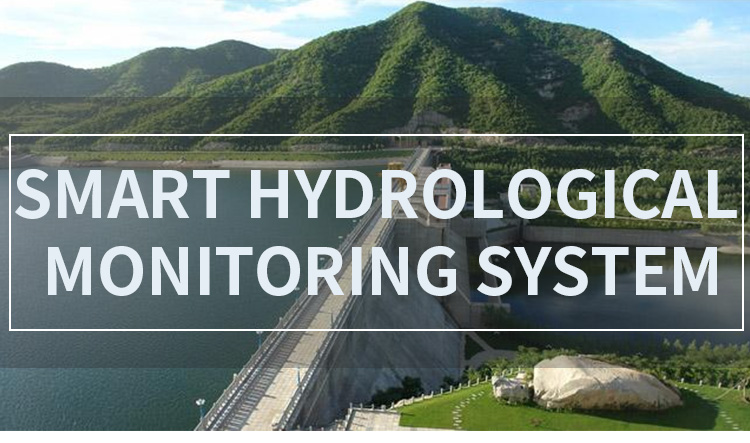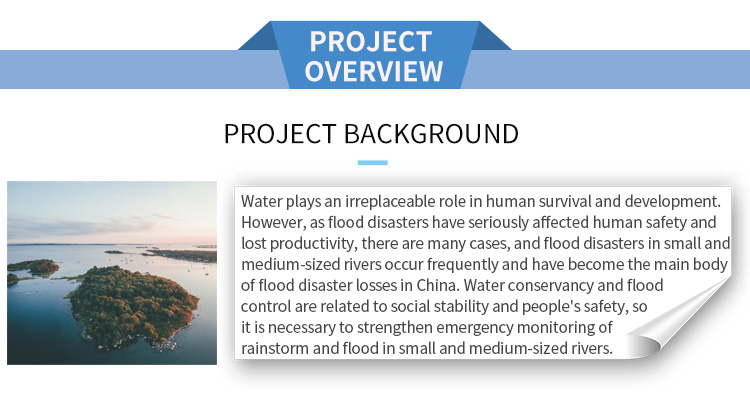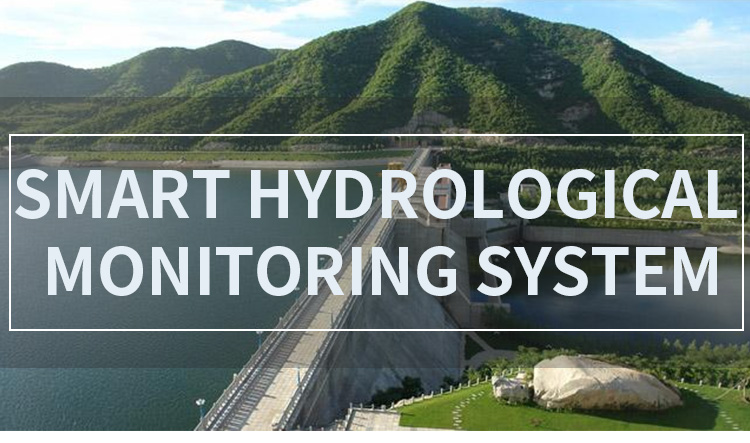Access to safe drinking water is a fundamental human right and a prerequisite for good health. However, ensuring the quality and safety of drinking water sources can be a complex challenge. Water sources can be contaminated by various pollutants, including bacteria, viruses, chemicals, and heavy metals. To address this issue, water quality monitoring plays a crucial role in assessing and managing the safety of drinking water sources. This article explores the potential of water quality monitoring in ensuring safe drinking water, focusing on its importance, methods, and future prospects.
Importance of Water Quality Monitoring

Water quality monitoring is essential for several reasons. First and foremost, it helps identify potential contaminants in drinking water sources, allowing for appropriate mitigation measures to be implemented. Regular monitoring allows authorities to detect and respond to changes in water quality promptly, ensuring the safety of the water supply. Additionally, monitoring data provides vital information for the development and implementation of water treatment processes to remove or reduce contaminants effectively. By understanding the specific pollutants present in a water source, treatment technologies can be tailored to address these concerns, further enhancing the quality and safety of the drinking water.
Methods of Water Quality Monitoring
Various methods are employed in water quality monitoring, each serving a specific purpose. These methods include both traditional laboratory-based analyses and advanced technologies. Some common methods used in water quality monitoring include:
Physical Parameters: This involves measuring aspects such as temperature, turbidity, color, and odor, which can indicate the presence of certain contaminants.
Chemical Analysis: This method involves testing for the presence and concentration of various chemical parameters, such as pH, dissolved oxygen, nitrates, phosphates, heavy metals, and organic chemicals. These parameters help identify potential sources of contamination and determine the overall water quality.
Microbiological Analysis: This method focuses on the detection and quantification of microorganisms, such as bacteria, viruses, and parasites. Microbiological analysis is critical in assessing the microbiological safety of drinking water and identifying potential health risks.
Online Monitoring: Advanced technologies now enable real-time monitoring of water quality parameters. Sensors and automated systems can continuously measure and transmit data on various water quality parameters, providing instant updates on any changes or deviations.
Future Prospects of Water Quality Monitoring

The field of water quality monitoring is continually evolving, driven by advancements in technology and increasing concerns about water scarcity and pollution. Some future prospects of water quality monitoring include:
Sensor Technology: Advancements in sensor technology will continue to enhance the accuracy and reliability of water quality monitoring. Miniaturized sensors, capable of real-time monitoring and transmission of data, will enable more efficient and cost-effective monitoring systems.
Remote Sensing: Remote sensing techniques, such as satellite imaging and aerial surveys, can provide valuable insights into water quality on a regional or global scale. These techniques can help identify trends and patterns, aiding in the management of water resources and the identification of potential sources of contamination.
Data Analysis and Artificial Intelligence: The sheer volume of data generated from water quality monitoring requires effective analysis and interpretation. Artificial intelligence and machine learning algorithms can be employed to identify correlations, detect anomalies, and predict water quality trends, assisting in decision-making and early warning systems.
Citizen Science: Engaging the public in water quality monitoring through citizen science initiatives can amplify monitoring efforts and promote community awareness. Regular citizens can contribute to data collection, expand monitoring networks, and create a sense of ownership and responsibility towards water resources.
Conclusion
Water quality monitoring plays a vital role in ensuring the safety and availability of clean drinking water. Through regular monitoring, potential contaminants can be identified, and appropriate measures can be taken to mitigate risks and protect public health. As technology continues to advance, water quality monitoring will become more accurate, efficient, and accessible. By unlocking the full potential of water quality monitoring, we can work towards sustainable water management, safeguarding this precious resource for future generations.







